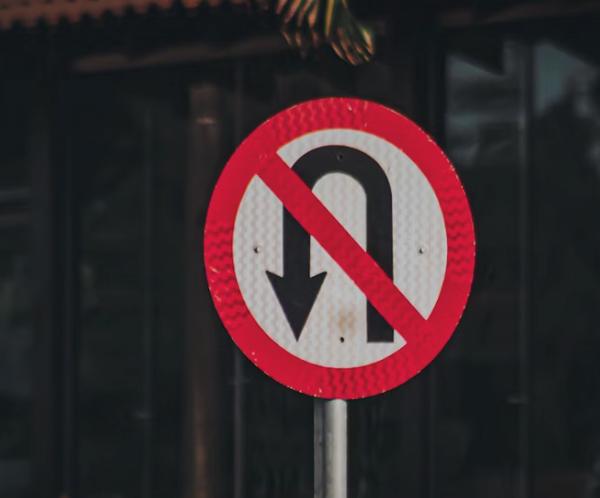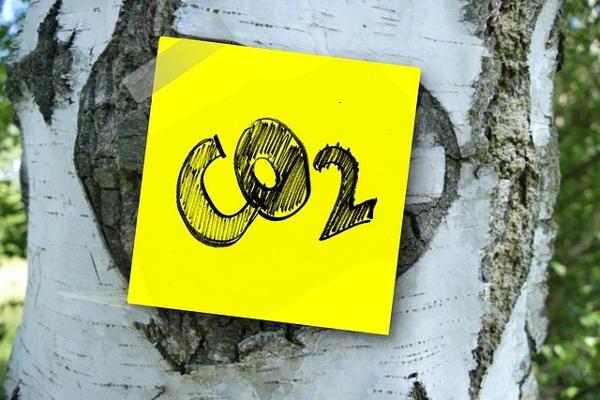Traditionally, when an oil and gas field production cycle end and all usable hydrocarbons have been extracted, the top side facilities are dismantled, the wellbore is permanently plugged and abandoned, and the surrounding land or seabed is returned to its natural condition. In the UK Continental Shelf (UKCS) alone, it is forecast that 1,211 wells across 230 fields will be decommissioned between 2019 to 2028. The current projected decommissioning costs for the UKCS total $60 billion with efforts underway to reduce that figure to $51 billion by the end of 2022.
Decommissioning wells has historically been a cost center for oil and gas businesses. However, now that the CCUS industry is aggressively expanding as oil and gas assets are identified for decommissioning, the prospect of reusing wells and fields for CO2 injection provides a great opportunity to reduce the time and cost for developing the new CCUS infrastructure required by energy mix diversification efforts. This also presents operators with the serendipitous possibility of turning decommissioned wells into a profit center by selling CO2 storage capacity to others.
As part of the REX-CO2 consortium, Ikon Science collaborated with the British Geological Survey (BGS) in the phases of the study that evaluated the potential for well reuse in the UKCS in two case study areas: the saline aquifer of Bunter Closure 36 in the Southern North Sea Basin and the Hamilton depleted gas field in the East Irish Sea Basin.
Bunter Closure 36 is a large dome-like structure which was targeted by an exploration well in the 1960s, however the reservoir was found to be dry or water-wet. In the 1980s, an exploration well was again drilled through Bunter Closure 36 but this time it targeted a reservoir in the much deeper Carboniferous-Aged Coal Measures. This later well led to the discovery of the subsequently named Schooner Gas Field, and over the decades that followed numerous production wells were drilled through Bunter Closure 36 to produce gas from this deeper target. As a result, a high number of well penetrations passed through Bunter Closure 36 and are due for decommissioning in the coming years. These wells formed the focus of the well reuse investigation of the project.
For the study, Ikon utilized the software program RokDoc to analyze a selection of regional wells as well as those that drilled through Bunter Closure 36 to accurately evaluate the subsurface and verify the suitability of those wells for both reuse and CO2 injection and storage. As the wells in the immediate vicinity of the Bunter Closure 36 case study lacked comprehensive pressure data measurements due to the targeting of deeper carboniferous-aged reservoirs, Ikon’s Southern North Sea Well Database was used to examine regional wells within the same reservoir and fault block. This regional study enabled the team to determine the depletion effects from producing fields, such as the Esmond Gas Field, were minimal and that present-day pressure was likely to be near hydrostatic, or potentially overpressured to around 200 psi. The data showed the reservoir was connected and demonstrated good porosity and permeability over a long distance. The results of these initial investigations on reservoir pressure and seal fracture strengtha – two key parameters that indicate the geological suitability of the field for CO2 injection – allowed Ikon and BGS to calculate and confirm the presence of sufficient seal capacity for safe CO2 containment.
The type of casing and cement used to design and complete the wells also strongly impacts wells’ reuse potential. Grades of steel that are more susceptible to corrosion and certain types of cement may reduce a well’s potential to be repurposed for CO2 storage. Additionally, the number of casing strings present through a formation – in this case, the Bunter Sandstone Formation – may require operators to perform extensive downhole operations such as side-tracking, cutting and removing existing casing strings. Such activities could render a well economically impractical for reuse.
Once wells are determined to have reuse potential, another factor to consider is the specific type of reuse that will be implemented. Wells may be utilized for three distinct purposes during a CO2 storage operation: water extraction during CO2 injection (for pressure management), monitoring of CO2 plume or for CO2 injection. Careful analysis of several factors indicates the most appropriate reuse application. If the well penetrates the reservoir close to the spill point it may prove to be unsuitable for CO2 injection because of the risk of the plume migrating beneath the spill point. In this instance, reusing the well for CO2 monitoring may be preferable. Also, the location of wells where the CO2 is injected can impact the migration of the CO2 through the reservoir. If the migration route is too short, near the crest, that will limit opportunities for residual and solubility trapping. Ideally, the well will be located at a midpoint between the spill point and crest to allow CO2 to migrate towards the crest under buoyancy.
As countries pursue a Net Zero goal, many oil and gas wells will be required to be decommissioned over the next several years to meet emissions targets. Properly vetting the subsurface saves CO2 storage projects money and time by identifying existing infrastructure that is safe to repurpose, while determining which wells must be remediated to ensure long-term storage viability.
Acknowledgement
The project REX-CO2 is funded through the ACT programme (Accelerating CCS Technologies, Horizon2020 Project No. 299681). Financial contributions made from ADEME (FR); Ministry of Economic Affairs and Climate Policy (NL); Gassnova and RCN (NO); UEFISCDI (RO); BEIS, NERC, and EPSRC (UK); and US-DOE (USA) are gratefully acknowledged. The contents of this publication reflect only the author’s view and do not necessarily reflect the opinion of the funding agencies.




















